Market Share
Battery Separator Market Share Analysis
Market share positioning strategies play a crucial role in the Battery Separator Market, where companies vie for dominance in a highly competitive landscape. Battery separators are essential components in batteries, providing a physical barrier between the positive and negative electrodes while allowing the flow of ions necessary for energy storage. In this market, companies employ various strategies to enhance their market share and gain a competitive edge.
The increasing demand for electric vehicles across the globe due to environmental concerns is propelling the batteries market, which in turn is likely to drive the growth of the global market for battery separators.
One prevalent strategy is differentiation. Companies differentiate their products by focusing on specific features or technologies that set them apart from competitors. This could involve developing separators with superior thermal stability, higher mechanical strength, or better ion conductivity. By offering unique benefits, companies can attract customers who prioritize these attributes, thus gaining market share.
Another strategy is cost leadership. Some companies focus on producing battery separators at a lower cost without compromising quality. By optimizing manufacturing processes, sourcing materials efficiently, and achieving economies of scale, these companies can offer competitive prices to customers. This strategy appeals to price-conscious buyers and allows companies to capture a significant portion of the market share.
Market segmentation is also key. Companies identify different market segments based on factors such as battery type, end-use industry, or geographic location. By tailoring products and marketing strategies to specific segments, companies can address the unique needs and preferences of different customer groups. This targeted approach enables companies to penetrate niche markets effectively and expand their overall market share.
Innovation plays a vital role in market share positioning within the Battery Separator Market. Companies invest in research and development to create advanced separators with improved performance characteristics. This could involve developing separators with enhanced safety features, longer lifespan, or compatibility with emerging battery technologies such as lithium-sulfur or solid-state batteries. By staying at the forefront of innovation, companies can attract customers seeking cutting-edge solutions and solidify their market share.
Strategic partnerships and collaborations are another avenue for market share positioning. Companies form alliances with battery manufacturers, research institutions, or other stakeholders to leverage complementary strengths and resources. Through partnerships, companies can access new markets, technologies, or distribution channels, thereby expanding their market reach and increasing their market share.
Furthermore, geographical expansion is a crucial strategy for gaining market share in the Battery Separator Market. Companies explore opportunities in emerging markets with growing demand for batteries, such as Asia-Pacific and Latin America. By establishing a presence in these regions through local manufacturing facilities or distribution networks, companies can tap into new customer bases and gain market share in rapidly expanding markets.
Customer relationship management is also essential. Companies focus on building strong relationships with customers through excellent service, technical support, and customized solutions. By understanding customer needs and providing exceptional value, companies can foster loyalty and gain repeat business, thus increasing their market share over time.
Lastly, strategic acquisitions and mergers can significantly impact market share positioning. Companies may acquire competitors to eliminate competition, gain access to new technologies, or expand their product portfolio. Mergers allow companies to pool resources and capabilities, achieving synergies that strengthen their market position and increase their overall market share.

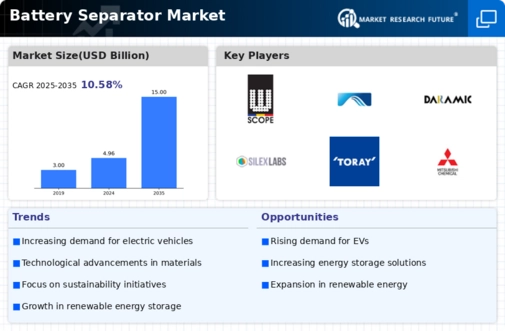
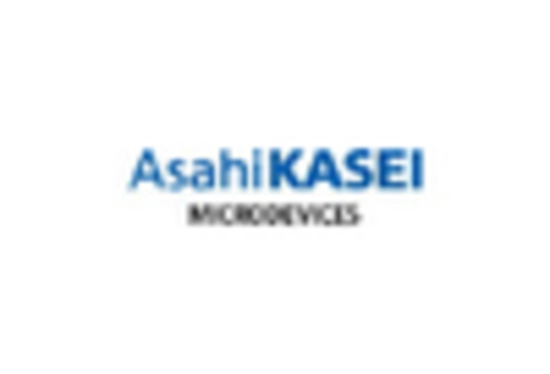
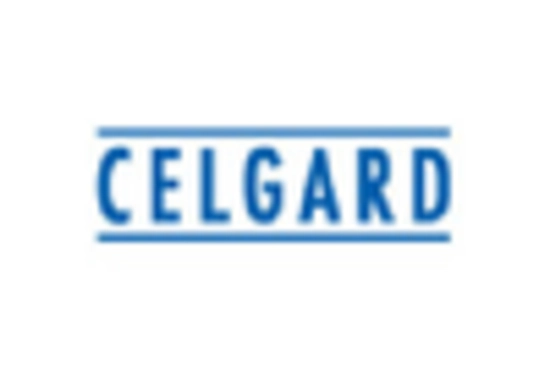
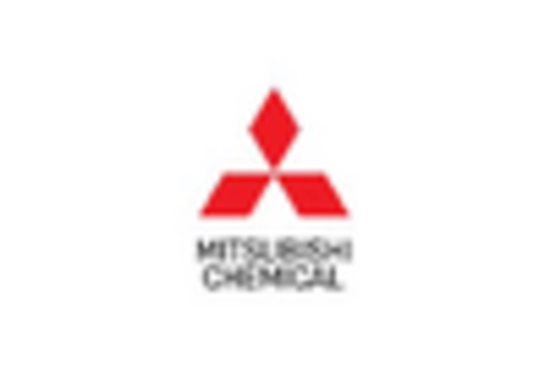
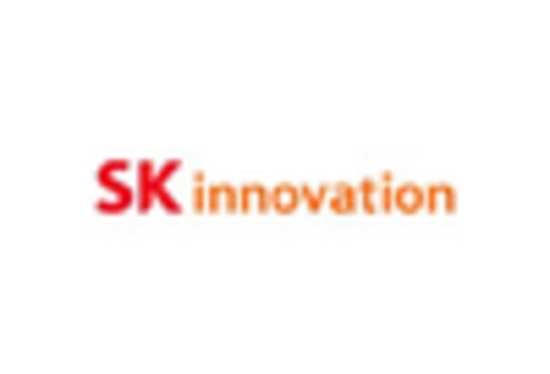
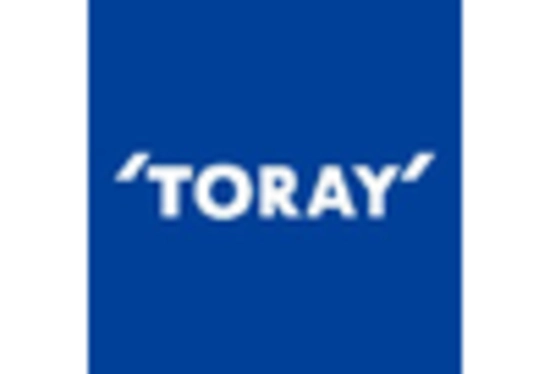
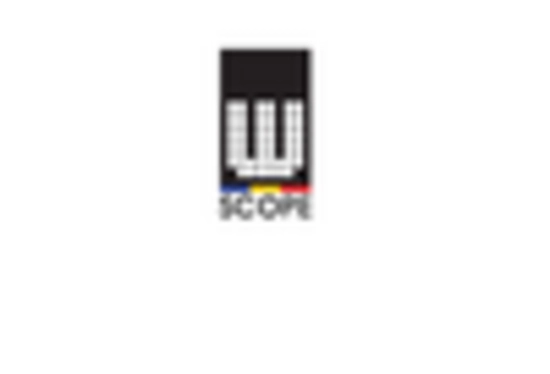









Leave a Comment